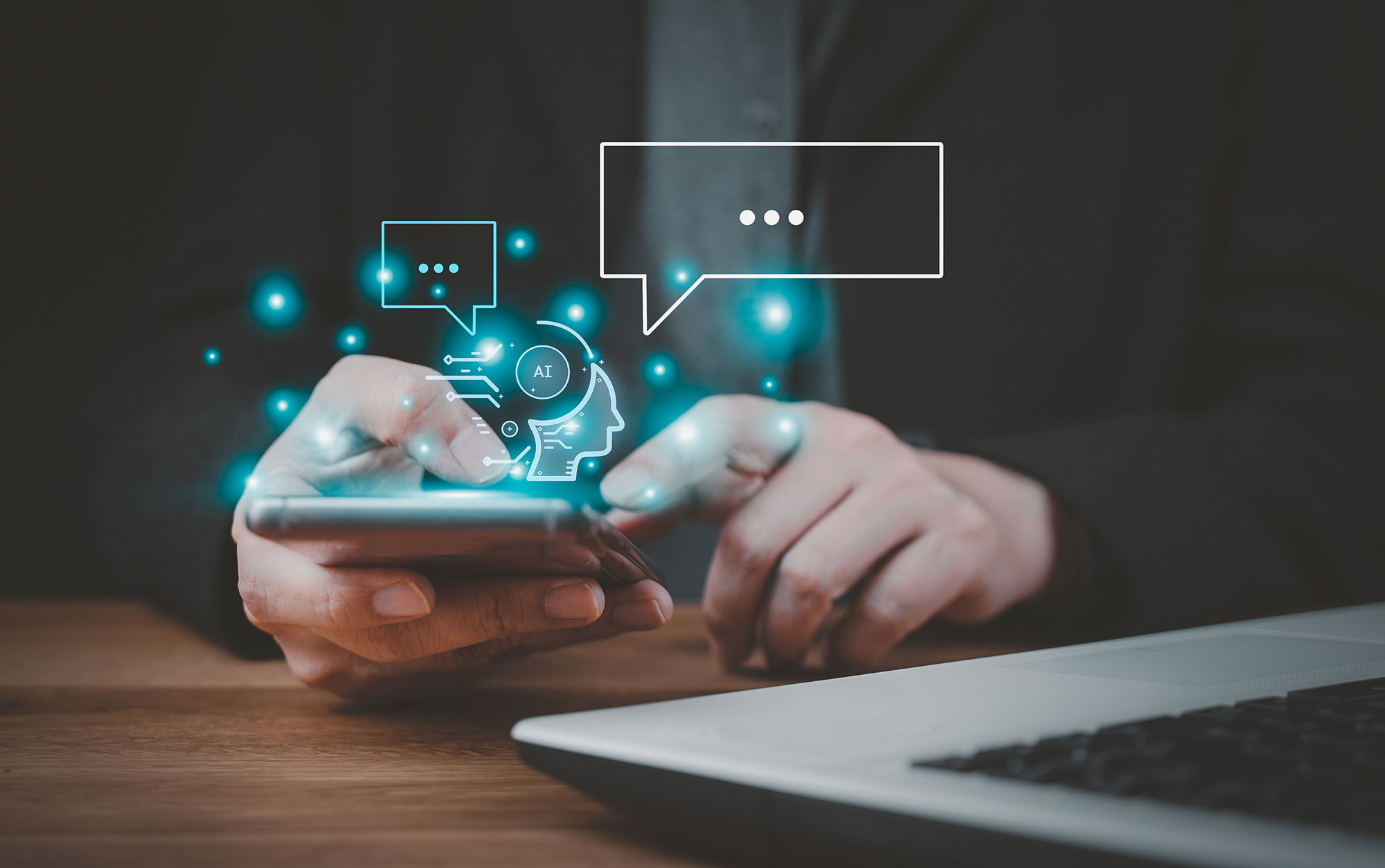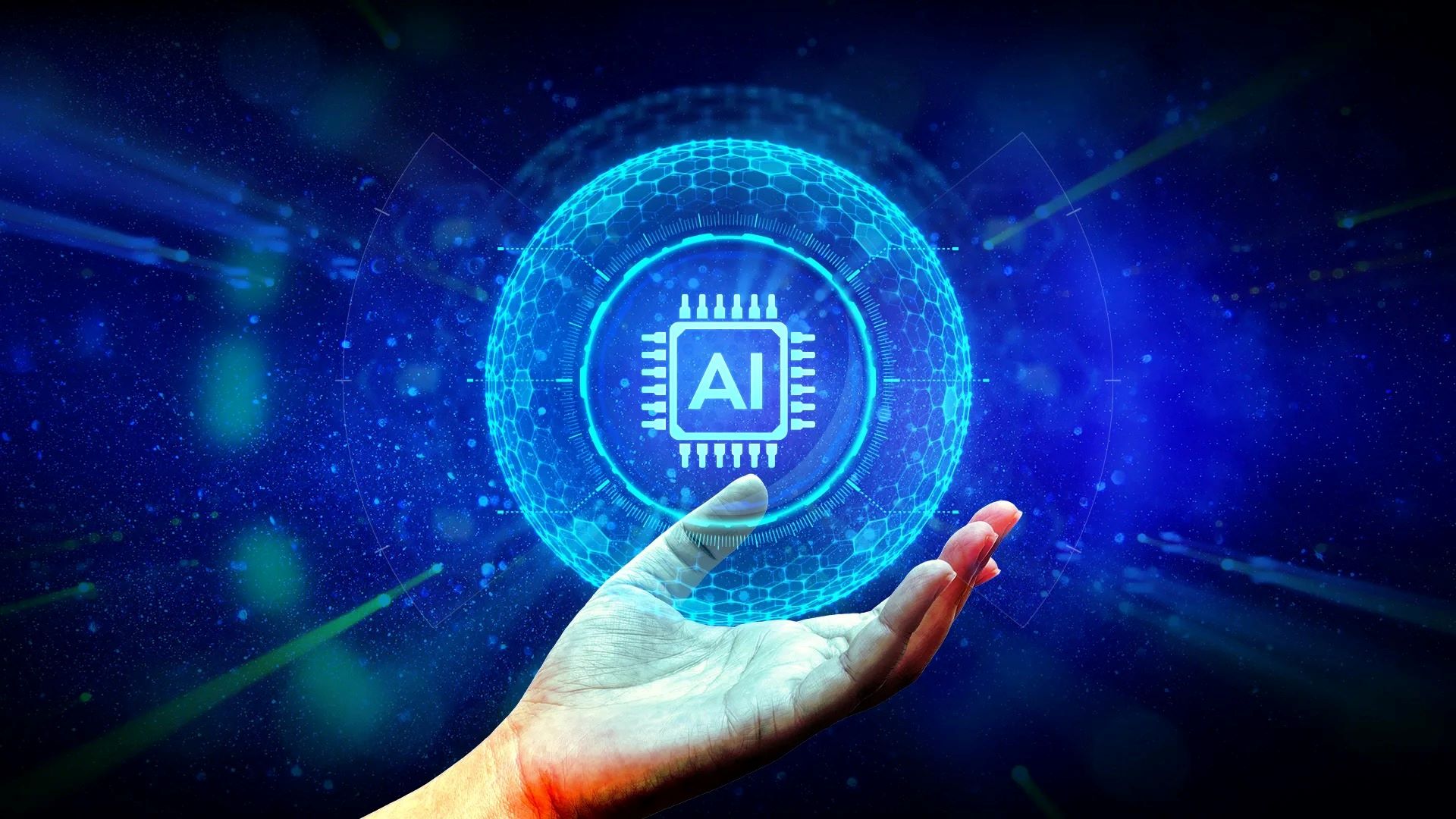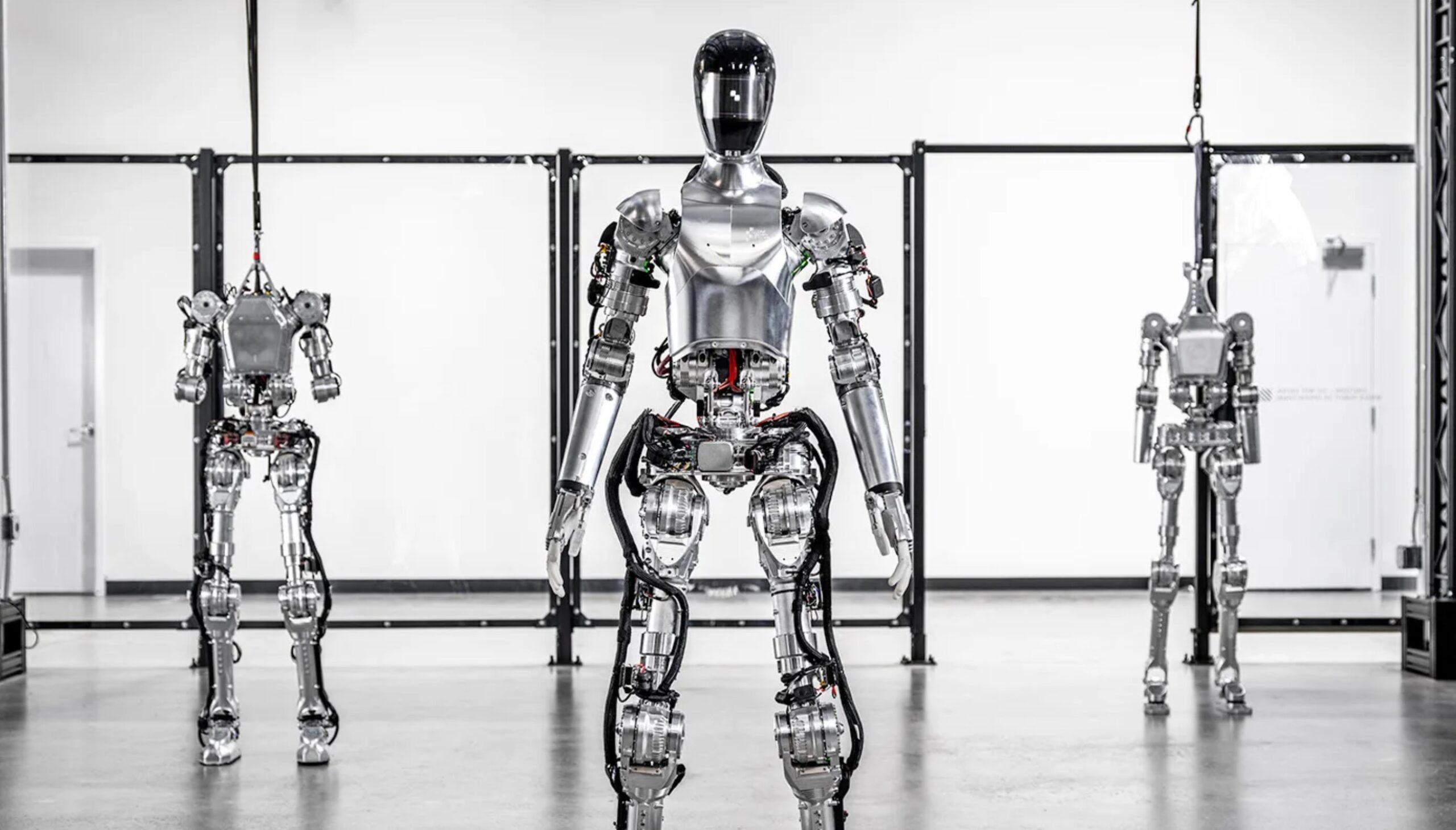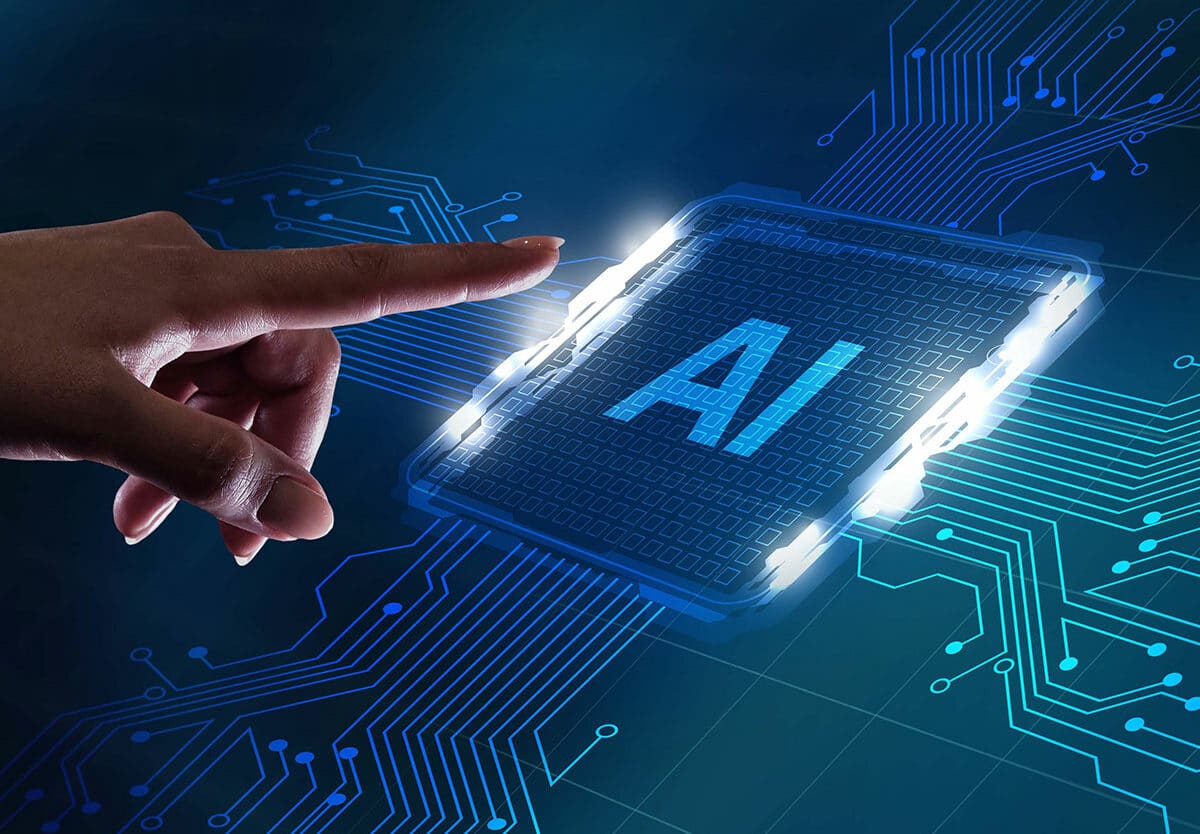Integrating AI tools into the workplace is a growing focus for many businesses. As the application of generative AI in the workplace is still in its early stages, product leaders face the challenge of creating AI tools that employees will embrace and utilize effectively. Jackie Rocca, VP of Product, AI at Slack, shares insights on building AI tools that are user-centric and practical.
Key Takeaway
Integrating AI tools into the workplace requires a user-centric approach, focusing on addressing core work-related challenges and seamlessly integrating AI into existing workflows.
Rooting AI Applications in User Needs
When developing AI tools for the workplace, it is essential to prioritize the needs of the end users. Instead of solely focusing on the capabilities of AI, product leaders should identify the core problems that employees encounter in their daily work. By addressing issues such as information overload, knowledge utilization, and task optimization, AI can be applied to enhance efficiency and create a more favorable work environment.
Focus on Guided Experiences
Guided experiences play a crucial role in the successful adoption of AI tools in the workplace. By integrating AI seamlessly into employees’ existing workflow, organizations can facilitate a smoother transition to using AI-powered tools. This approach ensures that AI becomes an integral part of employees’ work processes, enhancing their overall experience and productivity.

























